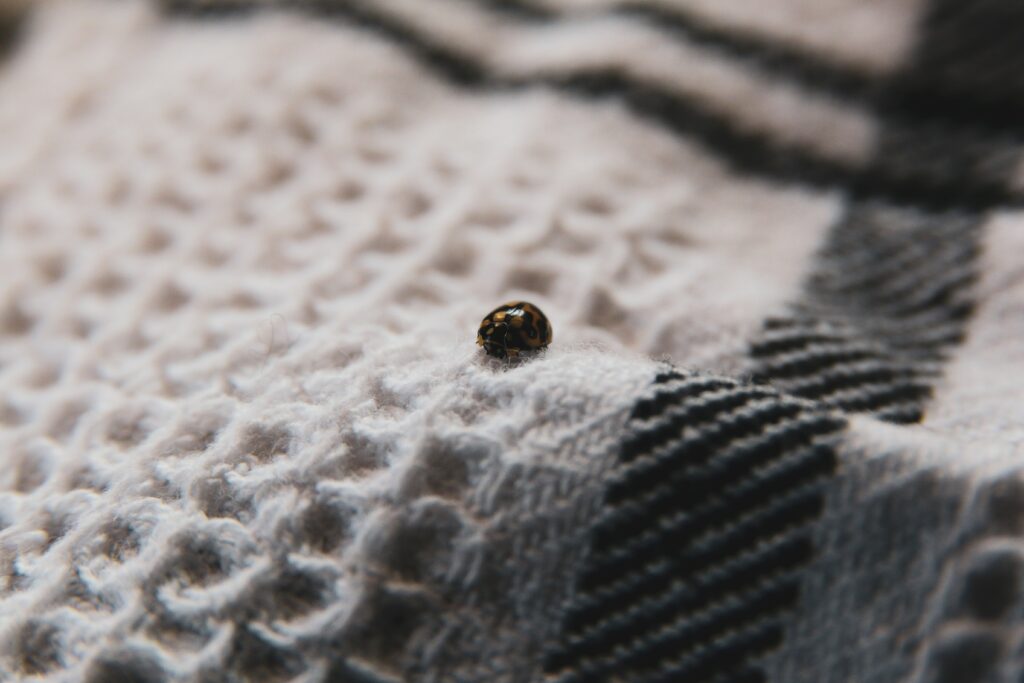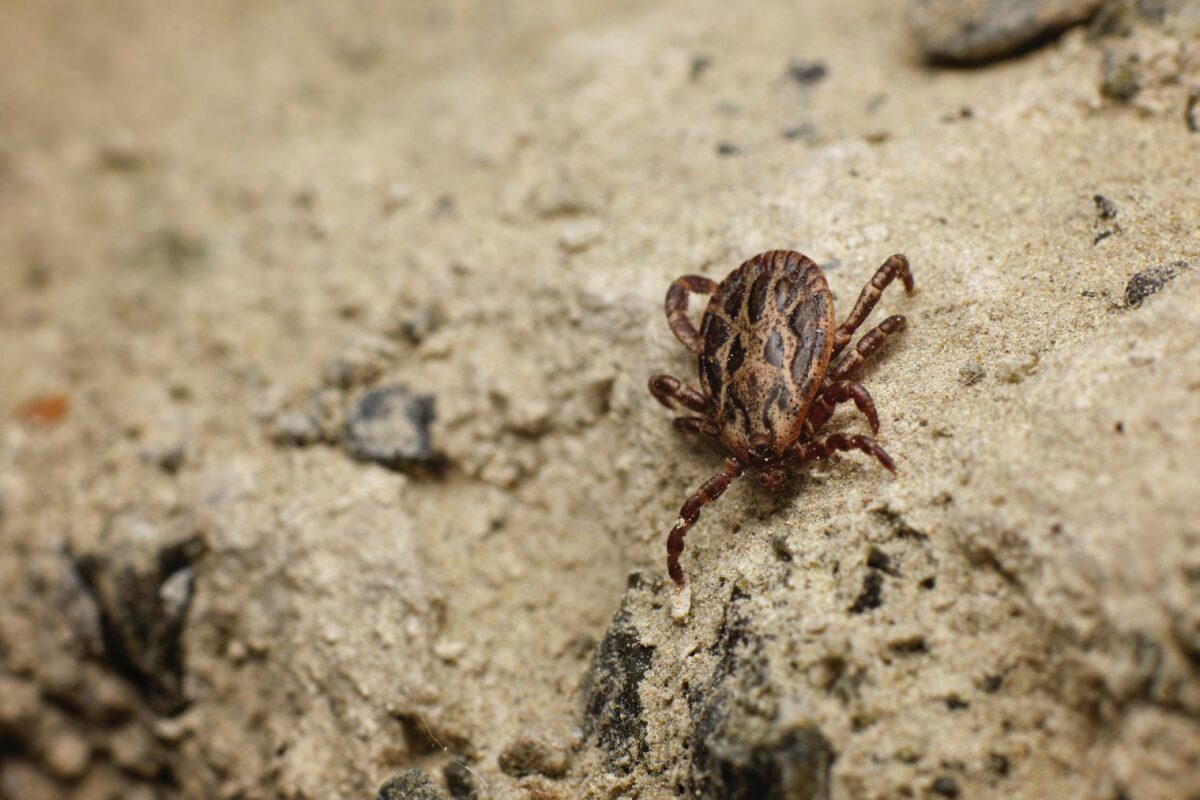Ticks are pesky parasites that can pose health risks to both humans and pets. If you have a furry friend, it’s crucial to take preventive measures to keep your home free from these blood-sucking pests. In this blog post, we will discuss effective strategies to prevent the spread of ticks in your house and protect the well-being of your pet and family.
Regularly Check and Groom Your Pet:
Perform thorough tick checks on your pet after outdoor activities, especially in areas with tall grass or wooded areas. Look for any small, dark, or swollen bumps on their skin, as ticks often attach themselves to pets before entering your home. Use a fine-toothed comb to groom your pet, focusing on the ears, head, neck, and paws, where ticks commonly hide.

Maintain a Tick-Free Yard:
Keeping your yard well-maintained is essential to minimize tick populations. Trim your grass regularly, remove leaf litter and debris, and create a barrier between wooded areas and your lawn. Consider using landscaping techniques such as gravel or wood chips to create a clear zone to discourage ticks from migrating into your yard.
Use Tick Preventive Products:
Consult with your veterinarian to determine the most suitable tick preventive products for your pet. These may include topical treatments, collars, or oral medications that kill and repel ticks. Ensure that you follow the instructions and dosage guidelines provided by your veterinarian to ensure their effectiveness.

Regularly Wash Your Pet’s Bedding:
Ticks can hide in your pet’s bedding and multiply quickly. Wash their bedding regularly in hot water to kill any ticks or eggs present. Additionally, vacuum your pet’s sleeping areas and surrounding areas frequently to eliminate any lurking ticks or eggs that may have fallen off your pet.
Keep Your Home Clean and Tidy:
Maintaining a clean living environment is crucial for preventing ticks from infesting your home. Vacuum carpets, rugs, and upholstery regularly, paying special attention to corners, crevices, and baseboards. This helps remove any ticks that may have been brought inside on your pet or by other means.
Create a Tick-Free Zone:
Designate a specific area in your home where your pet can rest and sleep. Place a washable mat or blanket in this area to provide a barrier between your pet and the floor, making it easier to detect and remove any ticks. Regularly wash and clean this designated area to prevent ticks from establishing themselves.
Consult with Professionals:
If you suspect a tick infestation in your home, consider contacting a professional pest control service. They have the expertise and specialized treatments to effectively eliminate ticks and prevent further infestations. Professional assistance can be particularly helpful if the infestation is extensive or if you live in an area with a high tick population.
Preventing the spread of ticks in your house is vital for the well-being of your pet and family. By regularly checking and grooming your pet, maintaining a tick-free yard, using tick preventive products, washing your pet’s bedding, keeping your home clean, creating a tick-free zone, and seeking professional assistance when needed, you can significantly reduce the risk of tick infestations and enjoy a tick-free living environment. With these preventive measures, you’ll provide a safer and healthier home for your beloved pet.

